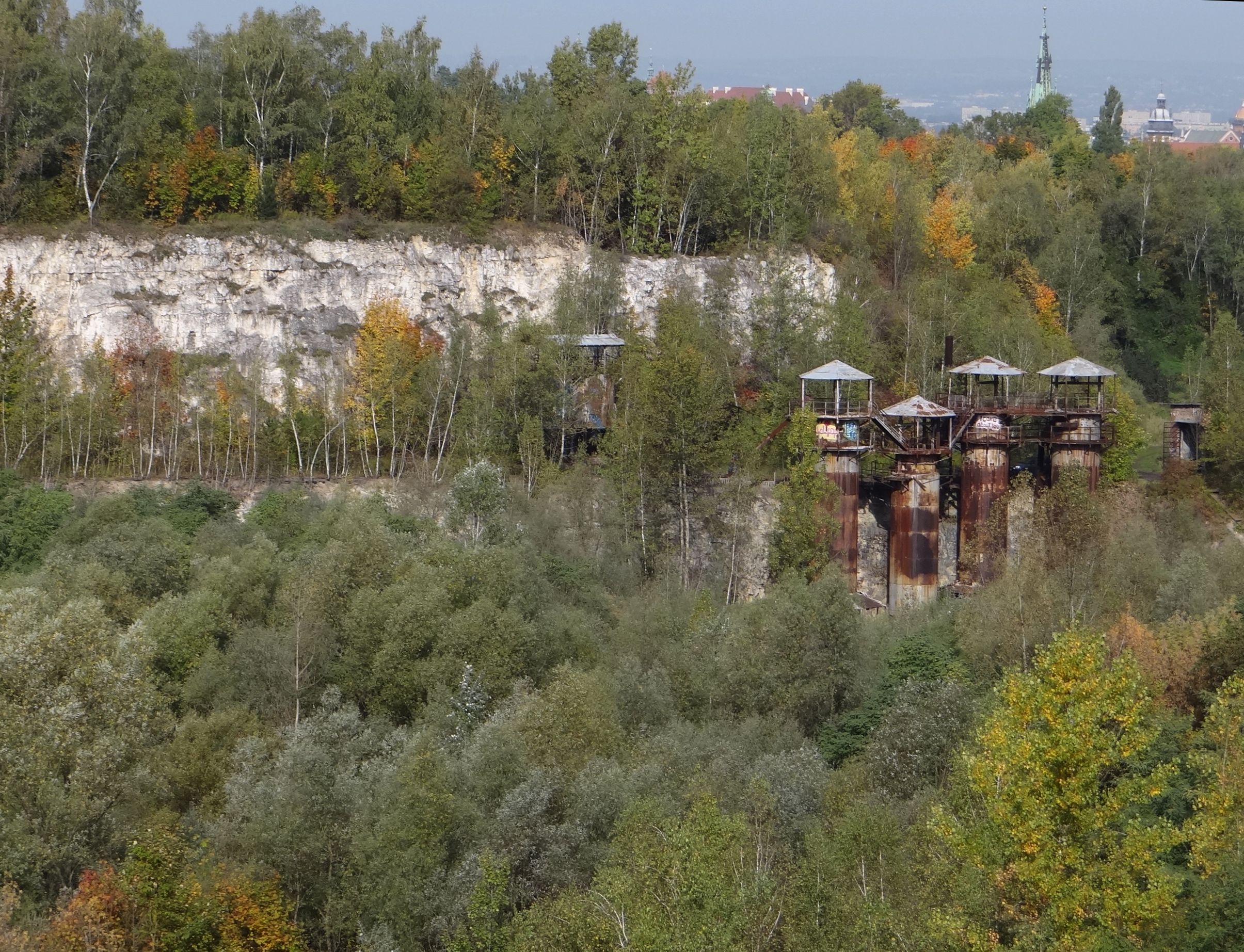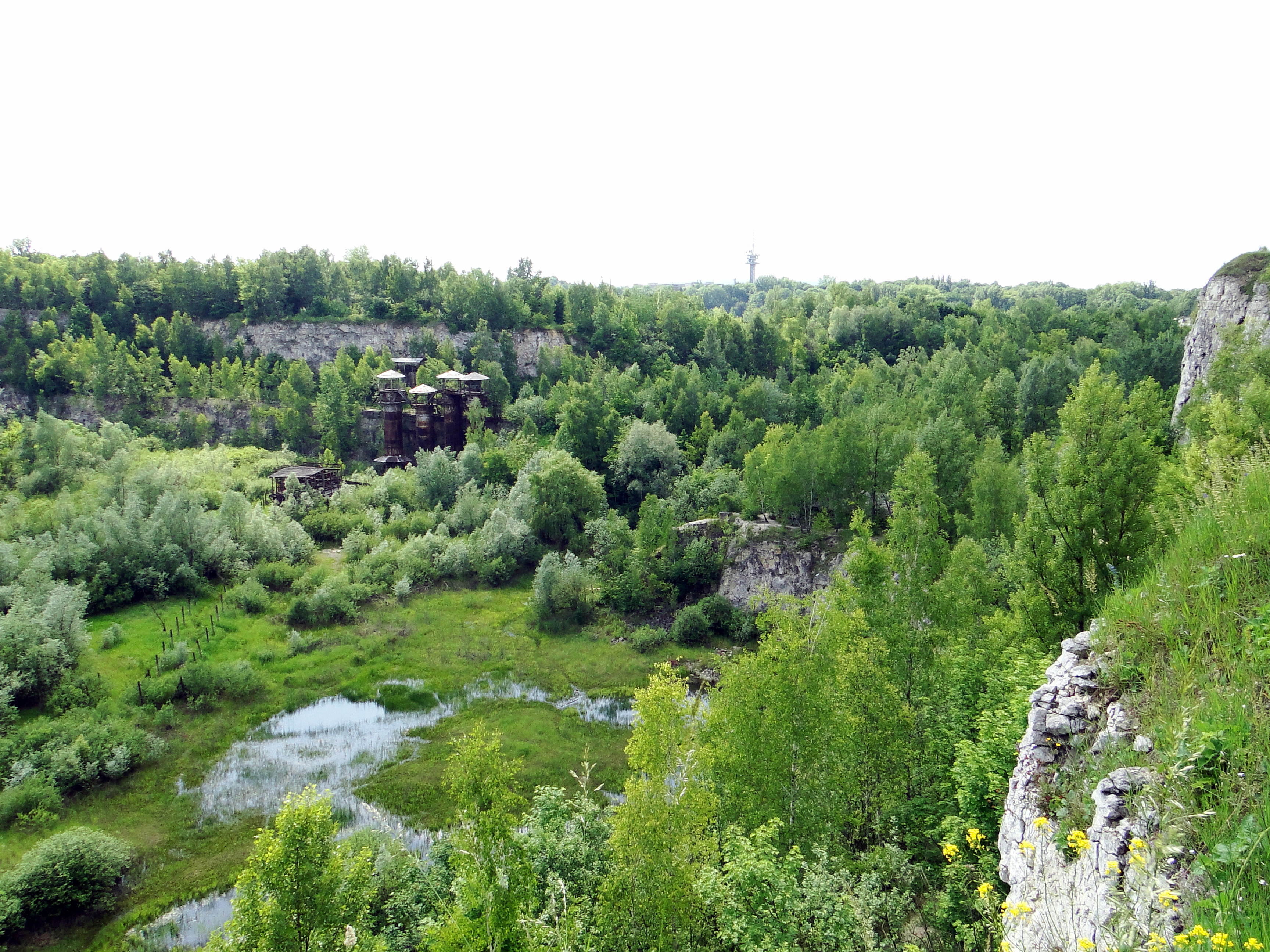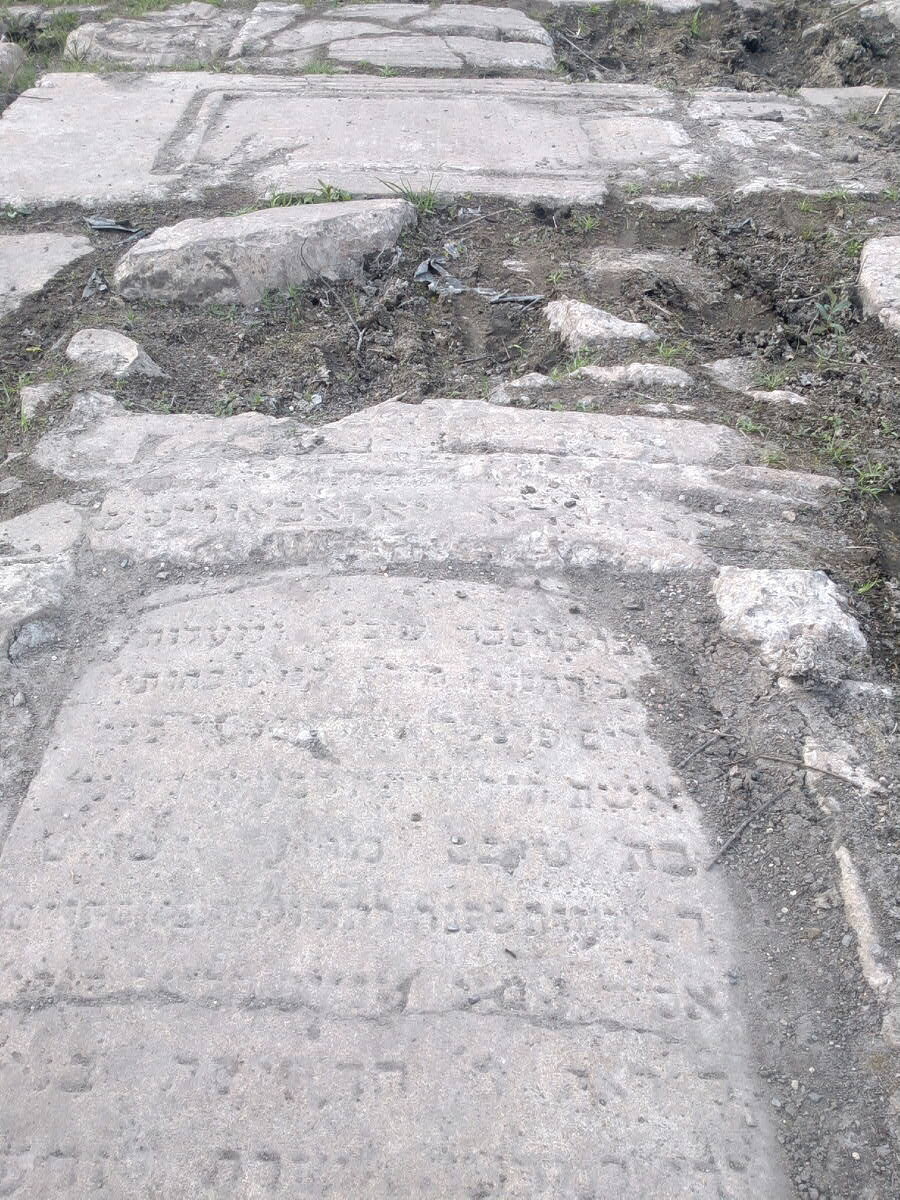


One of the less obvious places on the tourist map of Krakow is undoubtedly the infamous Liban Quarry. This mysterious and abandoned site, during the German occupation, witnessed horrific Nazi crimes. Popularly known as "Liban," it instilled terror in occupied Krakow and its surroundings. One would think that a place burdened with such a terrifying history should disappear forever, covered by the veil of oblivion. However, with the passing decades, the former quarry has gained a new, unexpected face.
The first confirmed traces of mining in the Liban Quarry date back to the 14th century and are associated with the Za Torem quarry. To this day, a somewhat forgotten building with the characteristic inscription "Szczęść Boże" (God's Blessing) remains in this place. Considering the future fate of this location, its beginnings may seem modest, and it was not until the 19th century that a drastic change occurred in terms of exploitation.
A pivotal moment in the functioning of the quarry came with the appearance of a resourceful entrepreneur of Jewish origin on Krakow's industrial scene – Bernard Liban. It is from his name that the colloquial name for this place originated. The company itself, Kamieniołomy i Wapienniki Libana i Ehrenpreisa (Liban and Ehrenpreis Quarries and Limekilns), was involved in the production and extraction of foundation and paving stones, as well as the acquisition of construction and fertilizing lime. Mr. Liban's business thrived to such an extent that by the end of the 19th century, he became a magnate in his field throughout Krakow and its surrounding areas.

The Liban Quarry, Jerzy Opioła, CC BY-SA 4.0, via Wikimedia Commons
Years passed, old empires fell, and on their ruins, new states emerged. The boundaries of existing nations also changed, and along with them, the enterprise of Bernard Liban underwent transformation. From 1928 to 1941, it operated under the name "Krakowskie Wapienniki i Kamieniołomy SA" in Krakow. It was during this time, at the turn of 1941 and 1942, that the famous quarry took on a new and horrifying face.
In 1942, the facility was taken over by the occupiers. A Forced Labor Camp of the Construction Service was established on its grounds, soon acquiring the exotic and original name of "Liban." The prisoners, subjected to backbreaking labor in the quarry, not only had to endure inhumane conditions but also the brutality of the guards. The Germans spared no expense on anything related to the forced laborers, relying on human muscle power and instilling fear instead of using machinery.
Liban primarily housed Polish and Ukrainian prisoners, usually numbering around four hundred at a time. At the time of its liquidation, one hundred and seventy prisoners were present in the camp, with the vast majority managing to escape, while the remaining unfortunate individuals were executed by the German guards.
The infamous Liban Quarry is often confused with the nearby Płaszów camp. This mistake arises from the grim reputation of both places and their geographical proximity. However, it is important to remember that they were distinct entities in formal and organizational terms. Nevertheless, their histories began to intertwine and confuse some individuals in the subsequent decades.

The Nature in Liban's Quarry, Mateusz Giełczyński, CC BY-SA 4.0, via Wikimedia Commons
Interestingly and somewhat frighteningly, the quarry continued to operate until 1986. Many people felt discomfort at the thought of continuing exploitation in a place with such a dark past. Adding to the intrigue, after its closure, the facility was handed over to a newly established municipal foundation called the "Center for Cultural and Ecological Education." There were even plans to transform the former Liban into what was grandiosely named the "Podgórze Recreation Complex". However, protests by opponents of this solution eventually led to the project's demise, and the former quarry ended up in the hands of a Municipal Economy Enterprise. Since then, not much has happened in the Liban Quarry until 1993.
It was in 1993 that the paths of Liban and Płaszów intersected once again when Steven Spielberg decided to use the former infrastructure as a set for his acclaimed film, Schindler's List. The quarry was transformed into a camp to depict the episodes of Płaszów.

The Road of Tombstones in the Liban Camp, a Filmset for Schindler's List
In 2022, the area of the quarry was designated for ecological use by the Krakow City Council, with the purpose of preserving the mosaic of spontaneously formed ecosystems in the former limestone quarry, with a particular emphasis on natural habitats hosting rare or protected animal species associated with aquatic environments and xerothermic grasslands. Perhaps what humans could not achieve will be accomplished by nature, and the Liban Quarry will be cleansed.
Believe it or not, Krakow holds many such places and secrets, waiting to be discovered. You can search for them yourself or rely on experts to embark on an adventure. Take a look at our offer and discover what other mysteries can be found in Krakow.